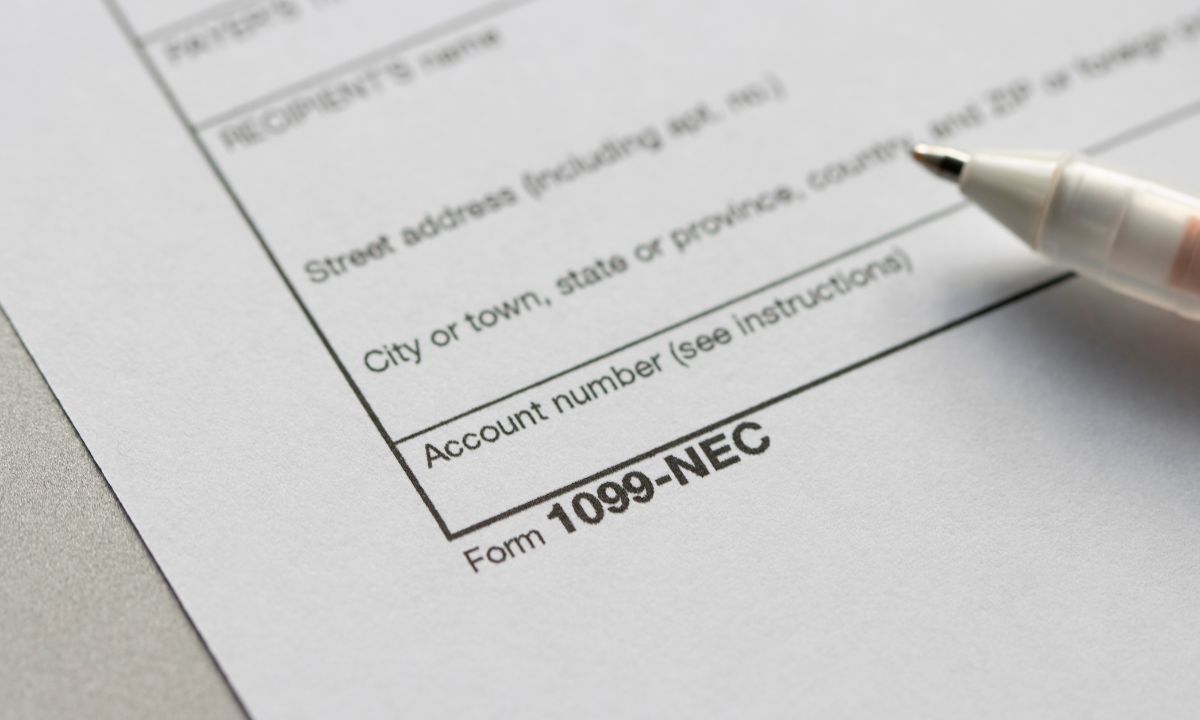Is Buying a Remodeled Home a Smart Move
 While watching shows like Property Brothers, Flip or Flop, Fixer to Fabulous, Fix My Flip and Fixer Upper may paint a rosy picture of buying a remodeled home, the reality often differs significantly. While these shows depict smooth transformations and stunning results, real-life experiences with remodeled homes can be far more complex and challenging.
While watching shows like Property Brothers, Flip or Flop, Fixer to Fabulous, Fix My Flip and Fixer Upper may paint a rosy picture of buying a remodeled home, the reality often differs significantly. While these shows depict smooth transformations and stunning results, real-life experiences with remodeled homes can be far more complex and challenging.
Many flipped houses come with hidden issues. Contractors sometimes prioritize speed over quality, resulting in careless workmanship. Despite the initial aesthetic appeal, problems may emerge months down the line.
While purchasing a flipped property can be enticing, thorough research is paramount. Here are some red flags to watch out for during your evaluation:
Unpermitted Work:
In full disclosure states like Texas, sellers must disclose all known information about the property, including upgrades and renovations. Even in non-disclosure states, requesting a list of renovations is advisable. It’s crucial to check whether the renovations were permitted, as most significant remodeling projects require permits. Unpermitted upgrades could indicate non-compliance with building codes, posing safety risks and complicating financing and insurance processes.
Reputation of the Flipper:
Before committing to a rehabbed home, investigate the entity responsible for the renovations. Determine whether they have a reputation for delivering high-quality work. Reputable flippers prioritize customer satisfaction and aim to maintain their standing in the industry. Conversely, lesser-known contractors may prioritize short-term gains over long-term customer satisfaction, potentially leaving behind shoddy workmanship and dissatisfied buyers.
Failed Inspection:
While a remodeled home may boast gleaming surfaces and modern amenities, its history might reveal a neglected past. Many remodeled homes suffer from prior neglect and significant disrepair, with contractors opting to conceal rather than address underlying issues. Hiring a competent home inspector is essential to uncover hidden problems and ensure the property’s structural integrity and safety.
Consulting with a trusted mortgage professional can streamline the financing process, enabling you to secure pre-approval and make informed decisions when selecting the right property.
While purchasing a remodeled home can be an attractive proposition, exercising due diligence and skepticism is crucial. By carefully evaluating potential red flags and seeking professional guidance, you can mitigate risks and make informed decisions in your homebuying journey.
 For self-employed professionals, the mortgage process can feel like passing through a maze, fraught with challenges and uncertainties. Traditional lending standards often favor individuals with stable, predictable incomes, leaving entrepreneurs and freelancers in a precarious position. However, there’s a solution gaining traction in the mortgage industry: Non-Qualified Mortgages (Non-QM). We’ll explore how self-employed individuals can successfully navigate the mortgage landscape, leveraging non-QM lending to their advantage.
For self-employed professionals, the mortgage process can feel like passing through a maze, fraught with challenges and uncertainties. Traditional lending standards often favor individuals with stable, predictable incomes, leaving entrepreneurs and freelancers in a precarious position. However, there’s a solution gaining traction in the mortgage industry: Non-Qualified Mortgages (Non-QM). We’ll explore how self-employed individuals can successfully navigate the mortgage landscape, leveraging non-QM lending to their advantage. Home flipping – a journey that transforms neglected fixer-uppers into profitable investments. If you’re considering entering the real estate game or looking to enhance your flipping skills, you’ve come to the right place. Let’s explore some tried-and-true strategies that can help you turn those distressed properties into lucrative ventures.
Home flipping – a journey that transforms neglected fixer-uppers into profitable investments. If you’re considering entering the real estate game or looking to enhance your flipping skills, you’ve come to the right place. Let’s explore some tried-and-true strategies that can help you turn those distressed properties into lucrative ventures.